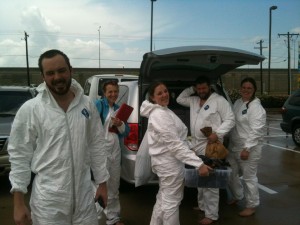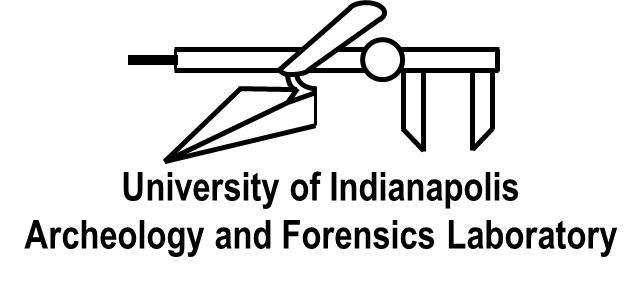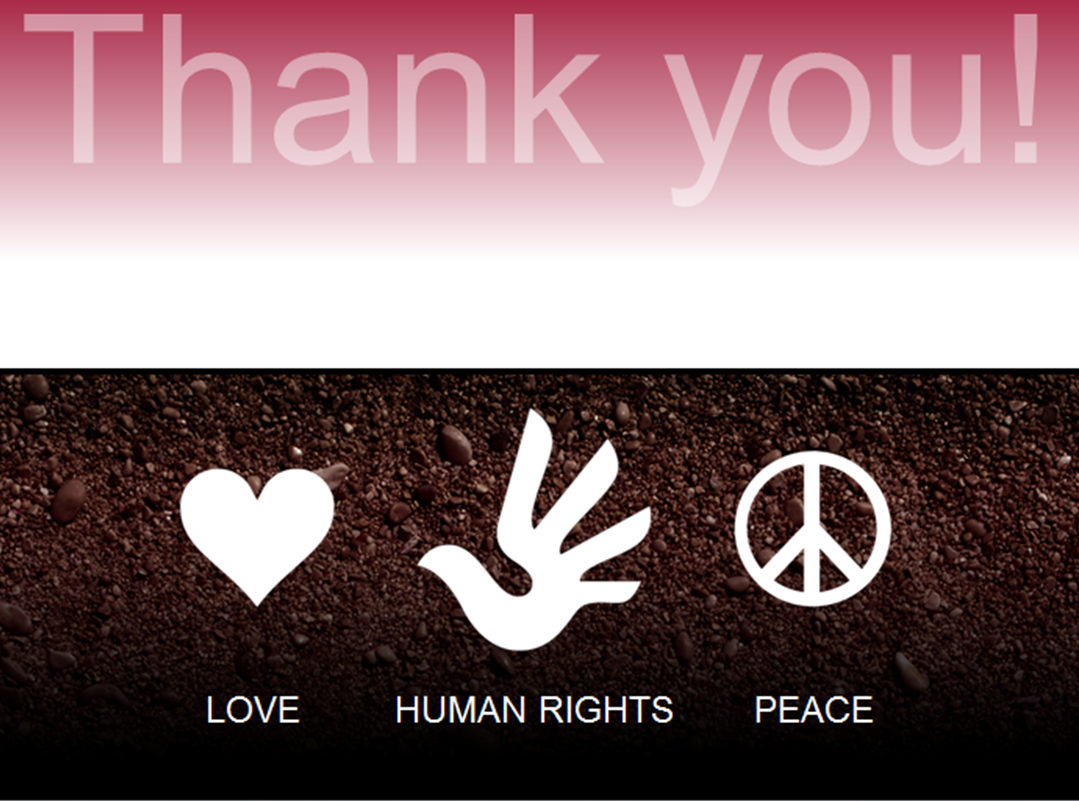Today the panic of packing for two weeks on the border sets in. I have three different lists of things to take with me, but I still feel like I’m forgetting some thing. For those of you that don’t know me, I’m a list maker. I have lists for everything and have introduced my students to the joys of the list. Our work requires special gear, and we are working in a very rural area which means we better not forget anything or it could potentially be a few hours drive to find it. My field gear list is color coded with items in pink that I needed to purchase before we left on the mission, items in blue that I could take from the lab and items in green that I could purchase in Falfurrias. While we feel slightly better prepared leaving this year than we did leaving last, we know that we must always expect the unexpected.
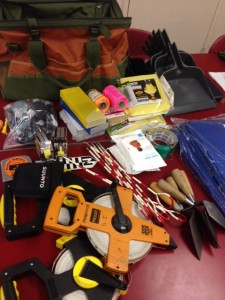
The highlight of my day was getting the field gear together. Dr. Baker brings the larger field gear to the site (shovels, screens, etc…), but there are certain things that we traditionally use in the field and like to bring along. After a little shopping and a little pillaging of the UIAFL (University of Indianapolis Archeology and Forensics Lab) we created a nice pile of gear to bring along. I have a sturdy field bag that we are transporting everything in. But the field bag really seemed bigger to me before I realized I needed to fit two weeks of field gear inside. At this point I realized my experience as a UPS package car loader would be put to the test. During my undergraduate years I worked the graveyard shift at UPS playing Tetris with cardboard boxes as I found ways to make sure every package fit in the truck. But that experience might not be enough in this particular situation, so I enlisted Ryan’s help. Ryan has a very special talent for packing large amounts of stuff into the smallest bag possible. We tried several different combinations and after three tries we managed to get everything to fit in the field bag! We were victorious!!
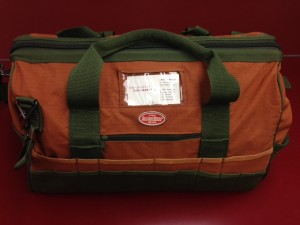
For those of you following along with our posts you might see that – to date – the light hearted outweigh the serious. My hope is that no one interprets that as us making light of this crisis. We, more than most of you reading this, know the true severity of this situation. I personally have lost track of the number of hours I have spent excavating the graves of the unknown, pouring over every detail of every bone of the individuals in my lab, negotiating gear or laboratory services, giving talks and presentations to bring awareness and advocating for those who were invisible in life and continue to be invisible in death. I can say the same for my students. We bring humor and we bring light heartedness to this situation because there are days that we run out of tears and days that we cannot bear to have our hearts broken once again. As I write about packing I am also preparing myself for the mental and emotional challenges that wait for us in Falfurrias. The fact that I will cry more on any given day then I usually do in any given month. The fact that I will feel helpless and small in the face of something so large and disastrous. The fact that I have to be strong in front of my students and in front of the community and the families as they search for answers. The fact that all this begins as our flight leaves in less than 12 hours…
